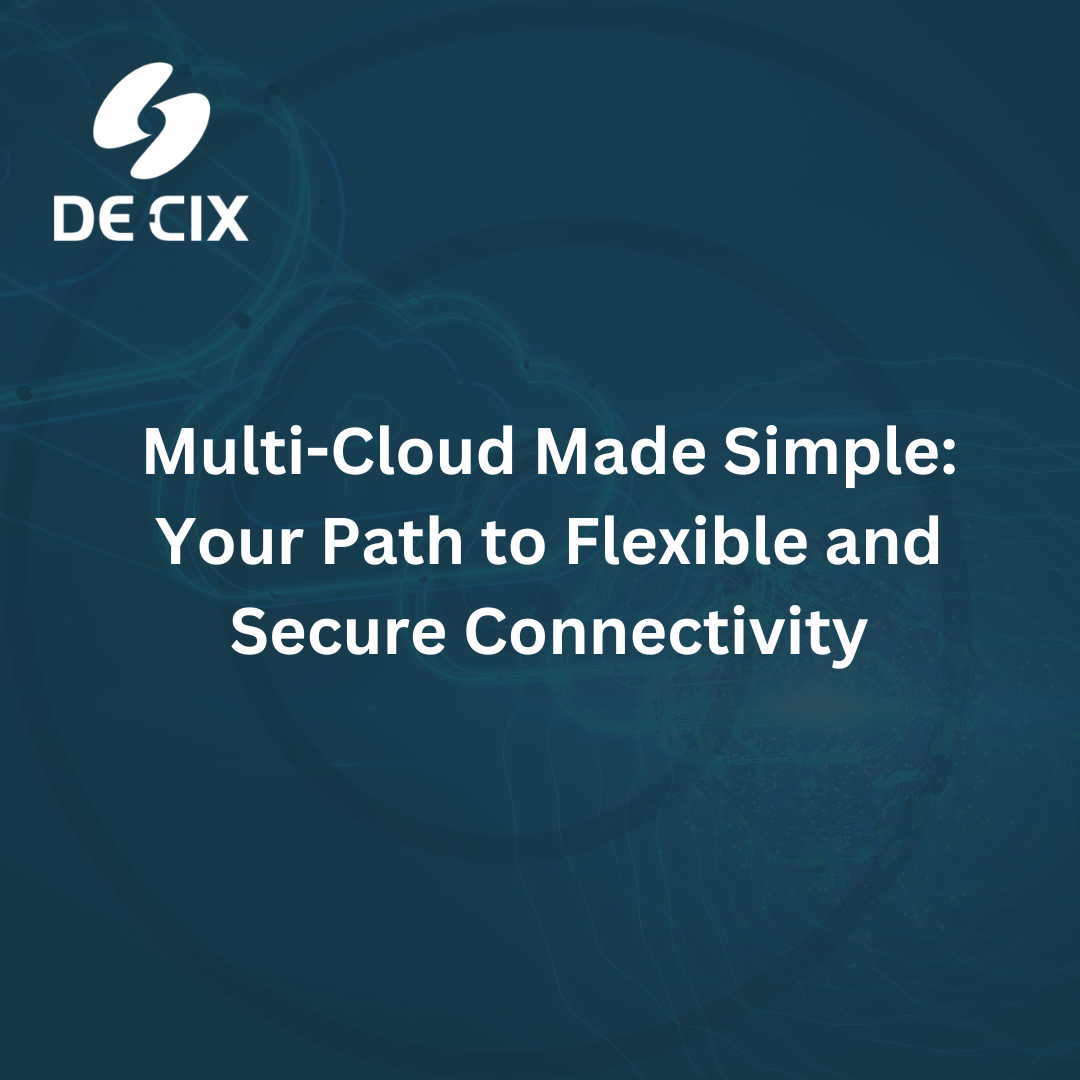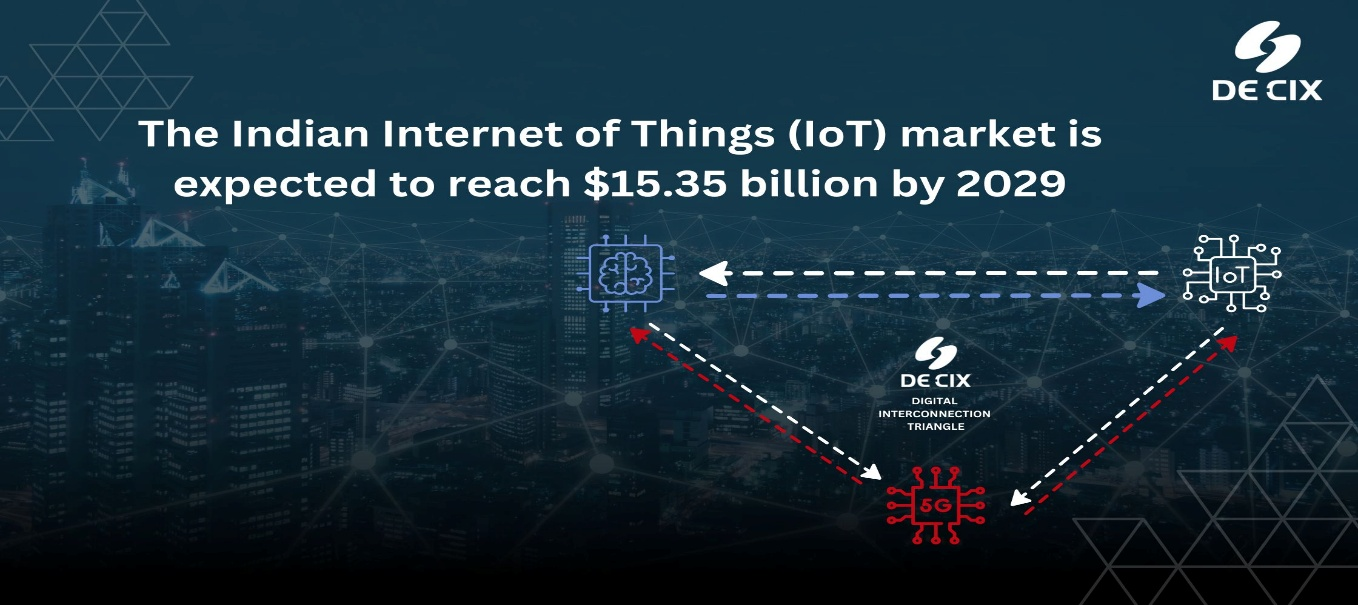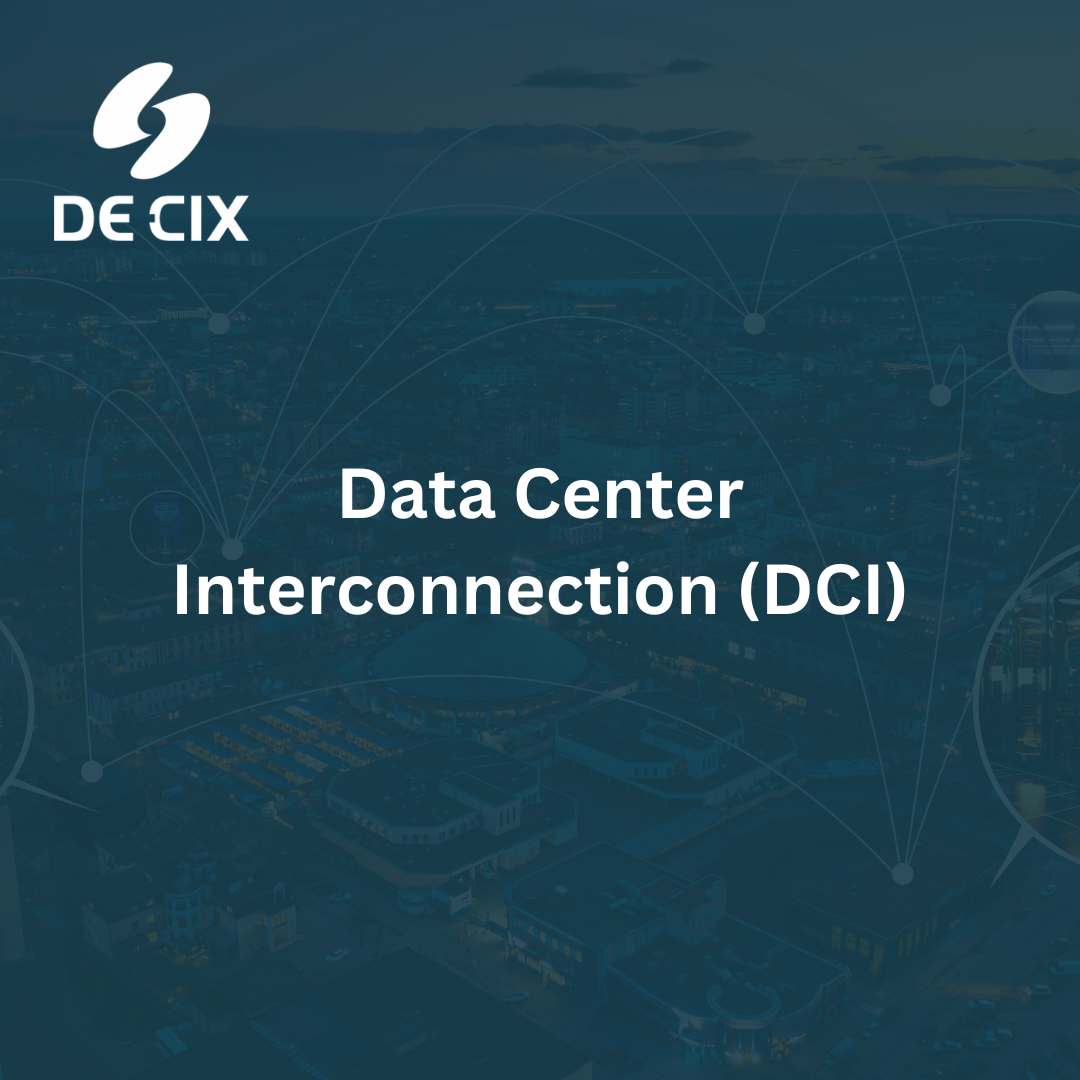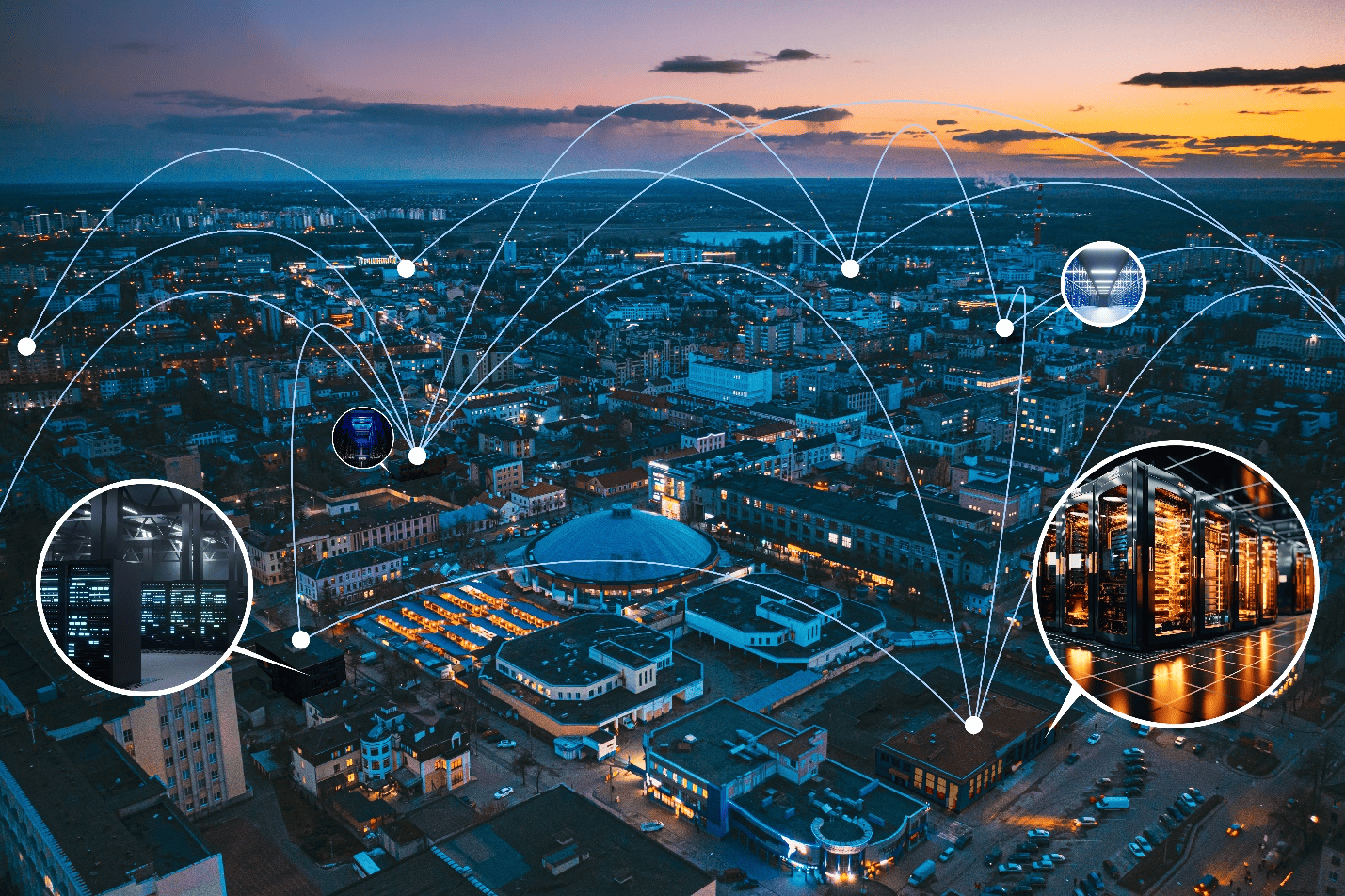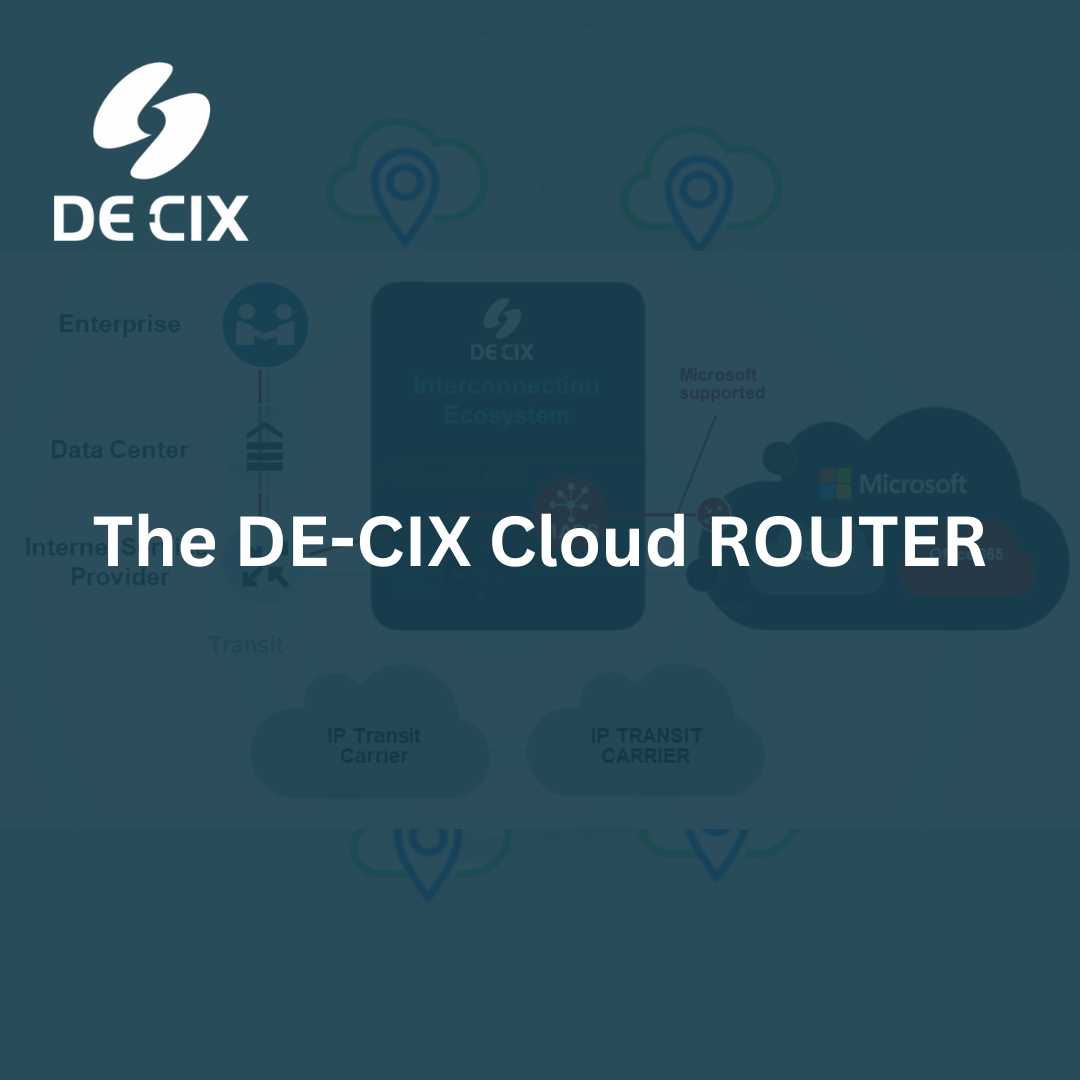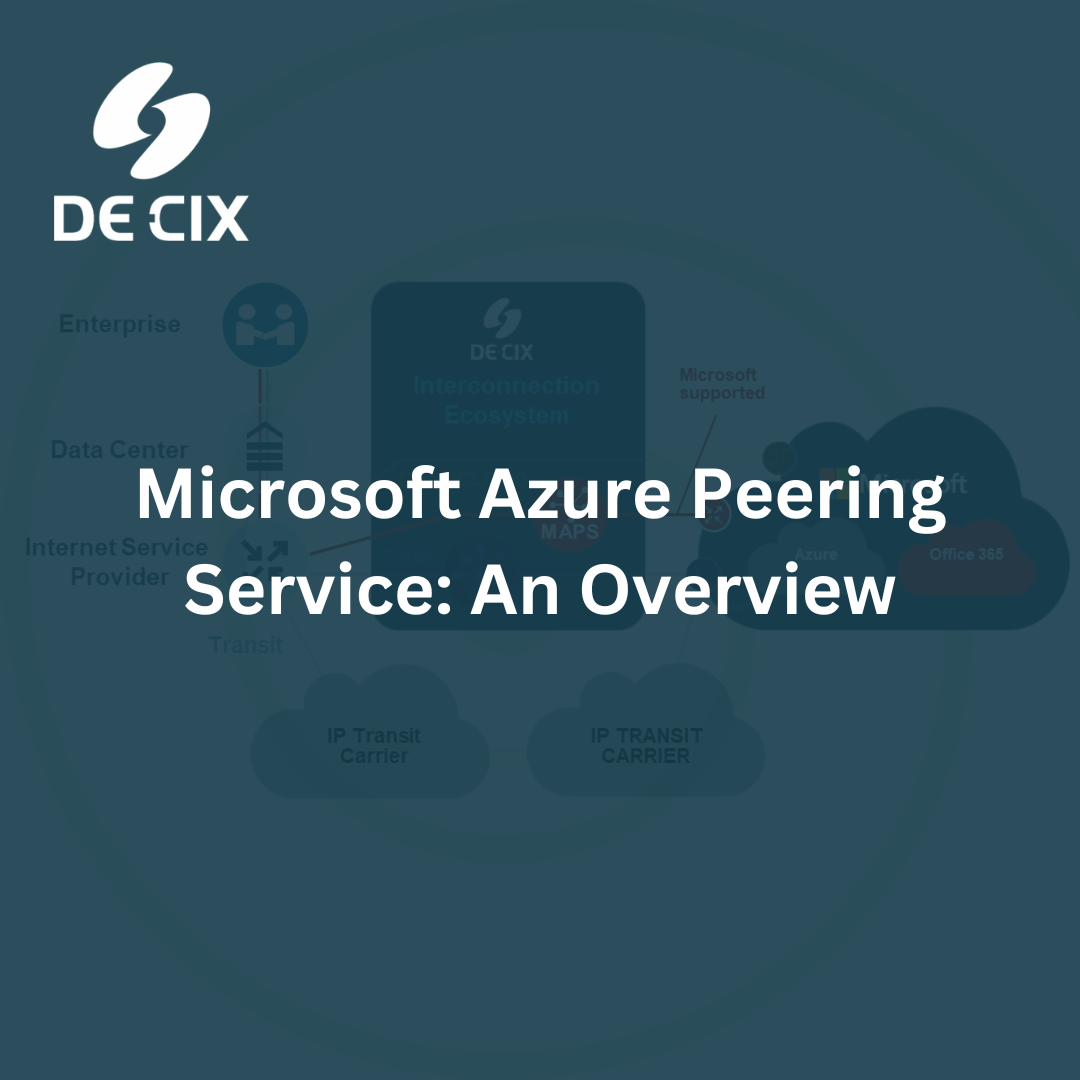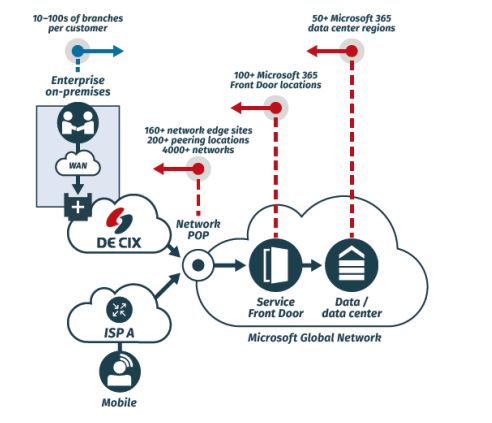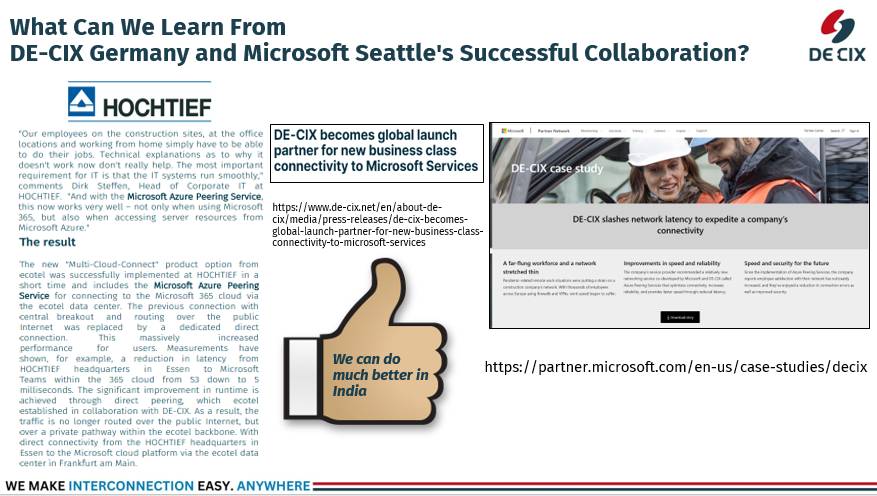Multi-Cloud Made Simple: Your Path to Flexible and Secure Connectivity
If you’ve been in the technology sector, you’ve probably encountered the term multi-cloud. It sounds all techy, right? But let’s break it down—it’s just about using multiple cloud services from different providers instead of putting all your eggs in one basket. Imagine trying to pick the best playlist for a party; wouldn’t you want a mix of genres to keep things lively? That’s exactly what a multi-cloud strategy does for your business!
According to a report by IDC, the Indian cloud market is projected to reach $13.5 billion with a CAGR of 24.1%by 2026. it’s clear this approach is becoming a staple in digital infrastructure. Think of it as a way to tap into the best features from companies likeAmazon Web Services (AWS),Microsoft Azure, Oracle, and Google Cloud—while also keeping your options open.
But before you jump on board, it’s important to acknowledge the bumps on the road ahead. While multi-cloud offers fantastic benefits, it also comes with its own set of challenges, especially for your IT teams. With98% of enterprisesalready integrating multiple clouds, knowing how to connect and manage these services is crucial.
What Exactly is Multi-cloud?
At its core, Multi-cloud is all about using cloud services from different providers instead of sticking to just one. It’s like having a backup plan for your backup plan! – Think Amazon Web Services (AWS), Microsoft Azure, Oracle, or Google Cloud—businesses are spreading their wings and utilising several cloud platforms. This approach not only enhances flexibility but also optimises performance for various workloads.
needing a secure private cloud for sensitive data while utilising a cost-effective public cloud for heavy media files is a necessity. That’s the power of multi-cloud! You get to mix and match to create the perfect environment for your needs.
Why Go Multi-cloud? The Perks You Can’t Ignore
The multi-cloud approach isn’t just about having options; it’s about empowering your business with some serious advantages:
1. Disaster Recovery and Redundancy
Picture this: one of your cloud providers goes down. Yikes, right? With a multi-cloud setup, you can quickly failover to another cloud, keeping your data safe and minimising downtime. Less downtime means more productivity—win-win!
2. Enhanced Security and Compliance
In a world where data breaches are all too common, multi-cloud can bolster your security. By choosing cloud providers that meet specific regulatory requirements, you can ensure that your sensitive information stays protected, especially in industries like finance and government.
3. Lower Latency and Improved Performance
With your data spread across different clouds, you can serve it from the region closest to your users. This means faster load times and a smoother experience. Tools like Megaport Cloud Router (MCR) can help you optimise connectivity, making it a breeze for businesses with multiple locations.
4. Avoid Vendor Lock-In
Sticking to one cloud provider can lead to headaches—think cost issues and restrictive contracts. A multi-cloud strategy keeps you flexible, allowing you to switch providers or combine services without being tied down.
5. Innovation at Your Fingertips
With the rapid evolution of technology, multi-cloud lets you tap into the latest features and tools from various providers, including AI and machine learning. Stay ahead of the curve and keep your business competitive!
Best Practices for Secure Multi-cloud Connectivity
Now that you’re all hyped about multi-cloud, let’s talk about keeping it secure. With workloads spread across multiple clouds and on-premises data centers, network engineers have their work cut out for them.
Application Awareness: Not all applications are created equal. Prioritise your security policies based on the importance of each application to your business. This tailored approach is far more effective than a one-size-fits-all solution.
Dynamic Security Policies:Implement dynamic, rules-based security policies that adapt to your applications rather than the underlying infrastructure. This flexibility is crucial in today’s fast-paced digital landscape.
Leverage New Technologies:Tools like SD-WAN, SASE, and Security Services Edge (SSE) can help orchestrate secure multi-cloud connectivity. These technologies provide centralised control and visibility over your applications, making management a breeze.
Conclusion:
Multi-cloud is becoming not just a nice-to-have but an essential part of any organisation’s strategy. By embracing multi-cloud, businesses can enhance their flexibility, security, and performance while avoiding vendor lock-in.
So, are you ready to dive into the multi-cloud revolution?
Let’s make sure your cloud journey is as smooth as possible! If you have any questions or need more insights on multi-cloud strategies, feel free to check out our De-Cix’s Whitepapers on Multi-Cloud Strategies.
